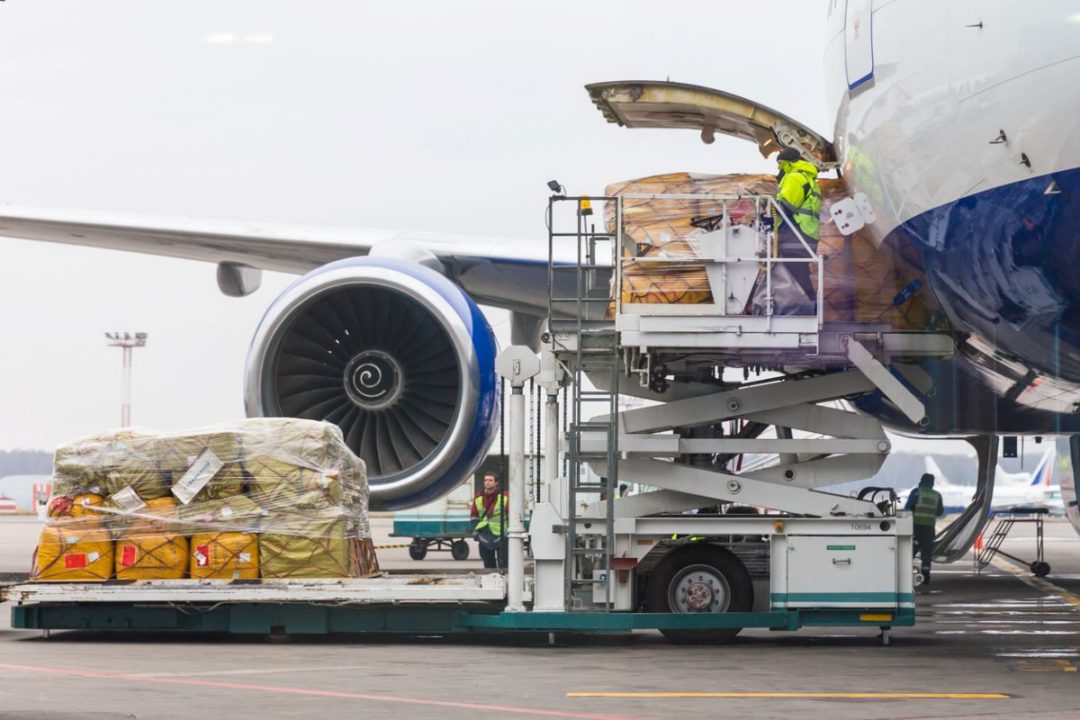
Think Tank
State of Air Freight Today: With Power Dynamics Shifting, Carriers Look for Consistency

Photo: iStock.com/Mariakray
Today's global air freight market is defined by rapidly declining prices, reduced volumes and increasing capacity. These conditions make life difficult for companies trying to optimize yield following a traditional playbook, but certainly provide ripe opportunities for those bold and adaptable enough to attack the market.
Pelicargo’ s data indicates that rates have dropped across all regions by 5-10% between the winter (October-March) and summer (April-September) pricing seasons, while spot rates approach 50% drops on some lanes. We see exceptional softness in Europe and Asia, while other markets such as the Middle East and Latin America remain sturdier. A situation where carriers are increasing capacity for the summer travel season in conjunction with decreasing shipper volumes, because of a variety of factors, contributes to the drop in pricing.
The Power Dynamic in Air Freight Is Shifting
Presently, these trends shift the air freight market’s power balance from the airlines (supply) to the freight forwarders (demand), as capacity has clearly overtaken demand; a reversal from the COVID-19 situation. The practical result strengthens the spot market and weakens the contract market for allocated space. With limited exceptions, freight forwarders will seek to avoid fixed-term contract pricing in favor of spot quoting each shipment individually.
A robust spot market provides many opportunities for savvy freight forwarders to obtain new business and increase profitability, but also translates to added competition. There has been a dramatic increase in quoting volume from freight forwarders in recent months. As they work to grow in the overall dull market, some are more than doubling their competitive bids to shippers. This trend is present strongly in the U.S. export market, which is driven significantly by overseas agent-routed business, with multiple companies competing for every shipment.
But increasing quoting is easier said than done — especially considering the back-drop of deteriorating conversions, and a perpetually difficult labor situation. A logical, quick-to-implement, digital strategy stands as the most effective way to attack the market. More freight forwarders, especially small-to-mid-size ones, are actively looking for technological solutions in order to sift through the complexities of the market and attempt to do more with less. The necessity to increase spot market quoting rather than just obtain operational efficiencies represents the key difference now, versus a year or two ago,
Doubling Down on Digital Investments Amid Volatility
Capacity continues to grow, while load factors deteriorate as a robust summer travel season incentivizes passenger carriers to add planes. This drastically affects airlines’ cargo business — many carriers experience double-digit drops in cargo revenue during this time. This stress encourages carriers’ sales teams to aggressively “spot” attractive shipments, especially on attractive lanes or for attractive cargo types. Focusing on specialized verticals and products such as perishables and pharma provides a higher yield for the same space. Carriers continue to invest in new cargo products and, despite the deteriorating market, many have doubled down on digital investments to complete projects they started during the pandemic, or start new ones, having fully recognized the importance of cargo on their marginal returns.
Airlines continue to invest in digital tools. But many carriers are currently working in a hybrid environment, with some tools digitized and others not. To freight forwarders, this leads to confusion over which channels to use or to trust for accurate quotations. On the other hand, carriers that invested in accelerated omni-channel distribution over the past few years find themselves in an advantageous position today in the fragmented market. Nonetheless, more work remains to provide consistent pricing across all channels.
Being Customer-Centric is Key to Beating Competition
In today’s rapidly changing and highly competitive market, customer-centricity differentiates outstanding carriers. Listening to the needs of freight forwarders, and obtaining their feedback on service offerings, price, and performance allows top carriers to optimize their service to the market. Carriers that consistently take this approach across all channels not only adapt to the market faster but can secure a higher market share.
Moving into the summer, freight forwarders sit in an advantageous position to drive pricing down and demand on-time performance. Both are necessities in order to maintain their businesses in the dull overall market. Forwarders should actively shop the spot market and prepare to quote more often to maintain volume. Carriers must listen deeply to their customers to price their offerings correctly, and ensure they are considered for every shipment by implementing an omni-channel strategy. Overall, all parties should prepare to operate in the current hyper-competitive market conditions for the foreseeable future.
Jonathan Acquaviva is a co-founder of Pelicargo.






